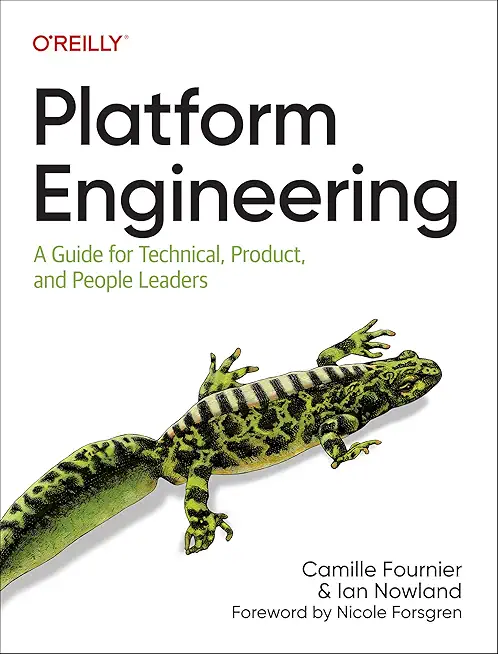AZ-400: DESIGNING AND IMPLEMENTING MICROSOFT DEVOPS SOLUTIONS Training in Sandy Springs
|
We offer private customized training for groups of 3 or more attendees.
|
||
Course Description |
||
| This course provides the knowledge and skills to design and implement DevOps processes and practices. Students will learn how to plan for DevOps, use source control, scale Git for an enterprise, consolidate artifacts, design a dependency management strategy, manage secrets, implement continuous integration, implement a container build strategy, design a release strategy, set up a release management workflow, implement a deployment pattern, and optimize feedback mechanisms
Course Length: 5 Days
Course Tuition: $2250 (US) |
||
Prerequisites |
|
| Successful learners will have prior knowledge and understanding of: Cloud computing concepts, including an understanding of PaaS, SaaS, and IaaS implementations. Both Azure administration and Azure development with proven expertise in at least one of these areas. Version control, Agile software development, and core software development principles. It would be helpful to have experience in an organization that delivers software. If you are new to Azure and cloud computing, consider one of the following resources: | |
Course Outline |
DescriptionModule 1: Get started on a DevOps transformation journeyLessons
Lab : Agile planning and portfolio management with Azure BoardsLab : Version controlling with Git in Azure ReposAfter completing this module, students will be able to:
Module 2: Work with Git for enterprise DevOpsLessons
Lab : Version controlling with Git in Azure ReposAfter completing this module, students will be able to:
Module 3: Implement CI with Azure Pipelines and GitHub ActionsLessons
Lab : Configuring agent pools and understanding pipeline stylesAfter completing this module, students will be able to:
Module 4: Design and implement a release strategyLessons
Lab : Controlling deployments using Release GatesLab : Creating a release dashboardLab : Feature flag management with LaunchDarkly and Azure DevOpsAfter completing this module, students will be able to:
Module 5: Implement a secure continuous deployment using Azure PipelinesLessons
Lab : Integrating Azure Key Vault with Azure DevOpsLab : Setting up and running functional testsLab : Configuring pipelines as code with YAMLAfter completing this module, students will be able to:
Module 6: Manage infrastructure as code using Azure, DSC, and third-party toolsLessons
Lab : Deployments using Azure Resource Manager templatesLab : Ansible with AzureLab : Automating infrastructure deployments in the cloud with Terraform and Azure PipelinesAfter completing this module, students will be able to:
Module 7: Design and implement a dependency management strategyLessons
Lab : Package management with Azure ArtifactsAfter completing this module, students will be able to:
Module 8: Create and manage containers using Docker and KubernetesLessons
Lab : Deploying Docker Containers to Azure App Service web appsLab : Deploying a multi-container application to Azure Kubernetes ServicesAfter completing this module, students will be able to:
Module 9: Implement continuous feedbackLessons
Lab : Integration between Azure DevOps and Microsoft TeamsLab : Monitoring application performance with Application InsightsAfter completing this module, students will be able to:
Module 10: Implement security and validate code bases for complianceLessons
Lab : Implement security and compliance in Azure DevOps PipelinesLab : Managing technical debt with SonarQube and Azure DevOpsAfter completing this module, students will be able to:
|
Course Directory [training on all levels]
- .NET Classes
- Agile/Scrum Classes
- AI Classes
- Ajax Classes
- Android and iPhone Programming Classes
- Azure Classes
- Blaze Advisor Classes
- C Programming Classes
- C# Programming Classes
- C++ Programming Classes
- Cisco Classes
- Cloud Classes
- CompTIA Classes
- Crystal Reports Classes
- Data Classes
- Design Patterns Classes
- DevOps Classes
- Foundations of Web Design & Web Authoring Classes
- Git, Jira, Wicket, Gradle, Tableau Classes
- IBM Classes
- Java Programming Classes
- JBoss Administration Classes
- JUnit, TDD, CPTC, Web Penetration Classes
- Linux Unix Classes
- Machine Learning Classes
- Microsoft Classes
- Microsoft Development Classes
- Microsoft SQL Server Classes
- Microsoft Team Foundation Server Classes
- Microsoft Windows Server Classes
- Oracle, MySQL, Cassandra, Hadoop Database Classes
- Perl Programming Classes
- Python Programming Classes
- Ruby Programming Classes
- SAS Classes
- Security Classes
- SharePoint Classes
- SOA Classes
- Tcl, Awk, Bash, Shell Classes
- UML Classes
- VMWare Classes
- Web Development Classes
- Web Services Classes
- Weblogic Administration Classes
- XML Classes






